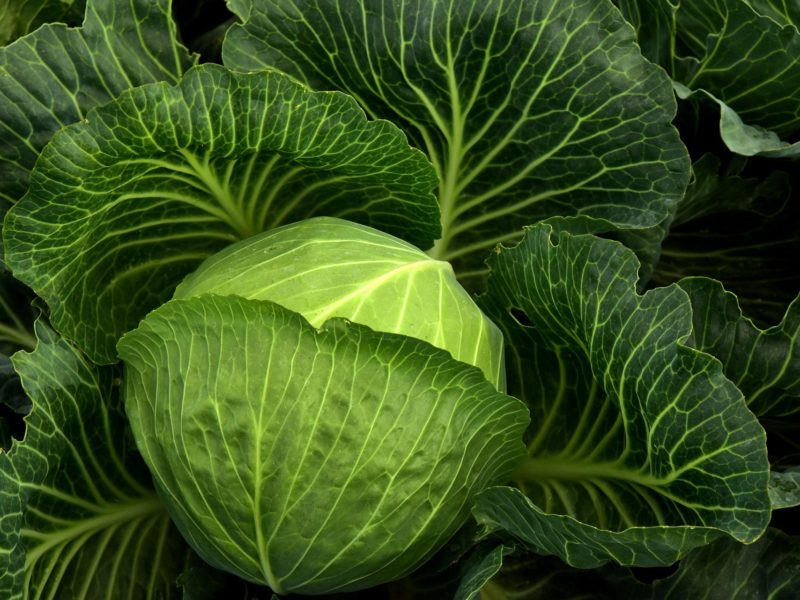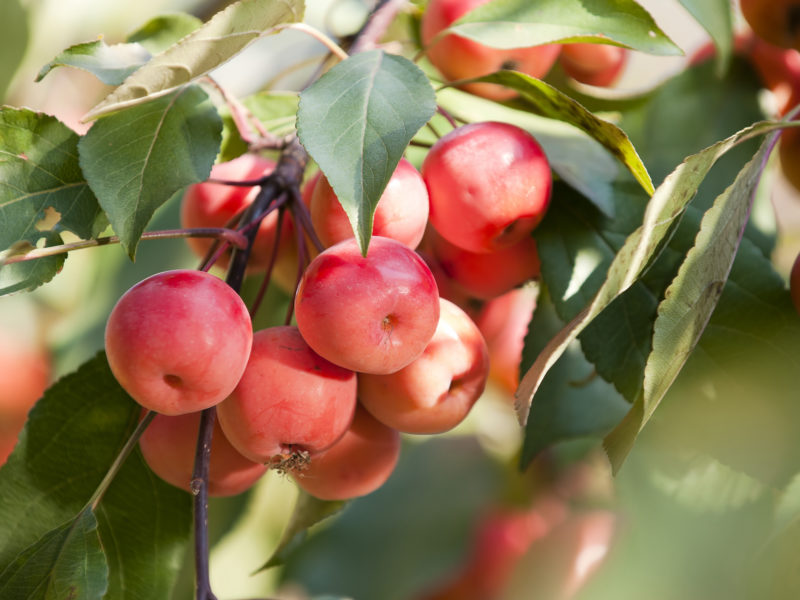As Spring draws to a close, May gives us the opportunity to make some last-minute preparations for next season. However, don’t think that the summer sun is going to keep itself tucked away until the seasons change – it’s time to tackle your gardening jobs for May.
General Tasks
As temperatures rise and more sunlight breaks through the British clouds, it’s imperative to keep on top of watering your plants to help them grow, even if they’re in containers. Make sure to water them either early in the morning, or late at night.
Summer is a time where we welcome warm weather, but that’s felt most of all in greenhouses across the country. Open your doors and windows every day to prevent putting your plants at risk, as well as damping down your paths to stop you hurting yourself.
Another threat posed in the summertime is insects. Slugs and snails in particular have the potential to wipe out a row of seedlings overnight, so perform regular checks your plants for both pests and diseases.
Flowers
Typical of the Great British weather, you can never predict the forecast, and even the ones you see and hear of never happen. Bearing this in mind, one of your gardening jobs for May should be to plant summer bedding towards the end of the month and keep some fleece ready to cover it if you think it’ll frost over.
As the season’s change, it’s out with the old and in with the new. In the case of daffodils, the old just has to be phased out naturally. If they haven’t flowered, move them over to the garden, let them die and feed with a liquid fertiliser to prepare for next year’s display.
Preparing for your gardening jobs for June is all about maintaining your flowers, pruning and trimming them back to make everything look presentable. By trimming spreading plants such as aubretia and alyssum after they’ve flowered, you’ll be encouraging new growth in your plants. Overcrowded and dead stems of early flowering clematis need pruning too, as well as early spring flowering shrubs after flowering.
Vegetables
May is finally the month when you earth up your potatoes. A win: win situation as earthing potatoes protects them from any late frost and makes way for bigger, heavier crops. It’s a similar story for both asparagus spears, which should be harvested before they reach 20cm in length.
Now the soil is starting to warm up, it makes for a perfect environment to sow seeds directly into the ground, as they’ll be able to germinate quite quickly. However, where one type of plant should grow, weeds are another which shouldn’t. Ensure that they don’t find their way anywhere near any seedlings, onions, or garlic. They’re not known to play nice when sharing land. Making sure the coast is clear, begin to put up runner bean poles and sow runner beans in pots, ready to plant in June.
Fruit
Similar to vegetables, fruit needs just as much protection and attention to ensure their growth is uninterrupted. Strawberries are extremely vulnerable to slugs, for example, so by putting straw underneath where they’re growing, you’ll also be keeping both fruit and insect off your soil.
It isn’t just slugs that pose a threat to your fruit – moths have a taste for the sweet stuff as well, especially apples and plums. For one of your gardening jobs for May, set up pheromone traps to lure the moths in and protect your fruit. Additionally, check your gooseberry plants for sawfly caterpillars – if you see any, remove them immediately. Even birds want in on the act, so net your soft fruit and cherry plants before you lose out to them.
Young trees need all the water they can get for the summer to keep growing healthily. If you have any in your garden, then it’s worth watering their soil regularly.
For more tips on how to prepare your garden for the upcoming months, see more of our Gardening Guides.


